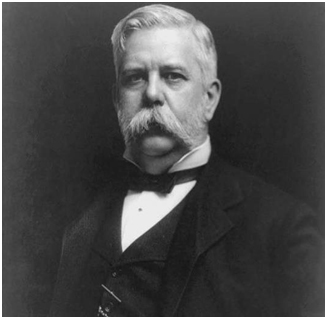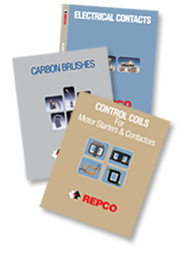
George Westinghouse
You may know that American inventor George Westinghouse pioneered the advancement of alternating current (AC) power, which eventually led to the “War of the Currents” between him and rival Thomas Edison. However, AC power isn’t the only contribution Westinghouse made to the world as we know it today. Discover nine intriguing facts you may not know about the famous American industrialist.
- He ran away from home. A native New Yorker, Westinghouse ran away from home to fight in the American Civil War when he was just 15 years old. Although his parents made him return home, he eventually convinced them to let him serve at age 16.
- He was a college dropout. After serving in the war, Westinghouse returned home to attend Union College in Schenectady, N.Y., but dropped out after only three months.
- Trains fascinated him. Before he became interested in electricity, Westinghouse first set his sights on improving the locomotive industry. He was 19 years old when he devised his first invention, the rotary steam engine. At age 21 Westinghouse invented a device to guide derailed railroad cars back onto the tracks as well as a “frog” — a switch that allowed trains to "hop" across rails at a junction.
- He achieved success in his early 20’s. Westinghouse’s first major invention was the train air brake, which he patented in 1869 at the age of 23. Before this invention, locomotive brakes had to be applied manually, unfortunately leading to accidents. Modern trains still use brakes based on this design.
- He was a progressive employer. Due to the success of his air brake, the inventor founded Westinghouse Air Brake Co. (WABCO), which became one of the first known U.S. employers to implement a nine-hour workday, 55-hour work week, and half-holidays on Saturdays.
- He beat Thomas Edison to the punch. In the race to build America’s power infrastructure, Westinghouse developed a transformer that could step down AC electricity from high voltage to low voltage. He purchased Nikola Tesla's patents and hired him to improve his AC motor. Westinghouse established Westinghouse Electric in 1886 to compete with Thomas Edison's direct current (DC) system. In 1893, Westinghouse proved AC's safety when his company provided electricity to the World's Columbian Exposition in Chicago.
- He conceived the first illuminated tennis court. Westinghouse designed the first illuminated tennis court, which used 1,500 bulbs to light up the playing surface.
- He went broke. Westinghouse’s businesses prospered until 1907, when a financial panic caused him to lose control of his companies and his health began to decline. Westinghouse passed away in 1914.
- He is buried at Arlington National Cemetery. Because he was a Civil War veteran, Westinghouse and his wife, Marguerite, are buried in Arlington National Cemetery.

